How to Choose the Best Microcontroller for Your Project
Microcontrollers play a vital role in diverse electronic devices and projects, providing the processing power and control necessary for their functionality. They have become indispensable in modern computing, embedded systems, and appliances, serving as the core of many electronic devices, particularly those using specialized embedded systems. Their applications range from simple household appliances to complex industrial systems, highlighting their versatility and importance.
Despite their general multipurpose design, there is a wide array of microcontrollers available, each with unique characteristics, features, and functionalities. Factors such as clock speed, performance, power consumption, I/O count, size, and other features differentiate these microcontrollers. Selecting the right microcontroller is crucial for project success, as it can greatly impact performance, power consumption, and overall project cost. This article covers the most popular microcontrollers, explores key factors to consider when choosing one, and provides guidance on selecting the best microcontroller for your project's needs.
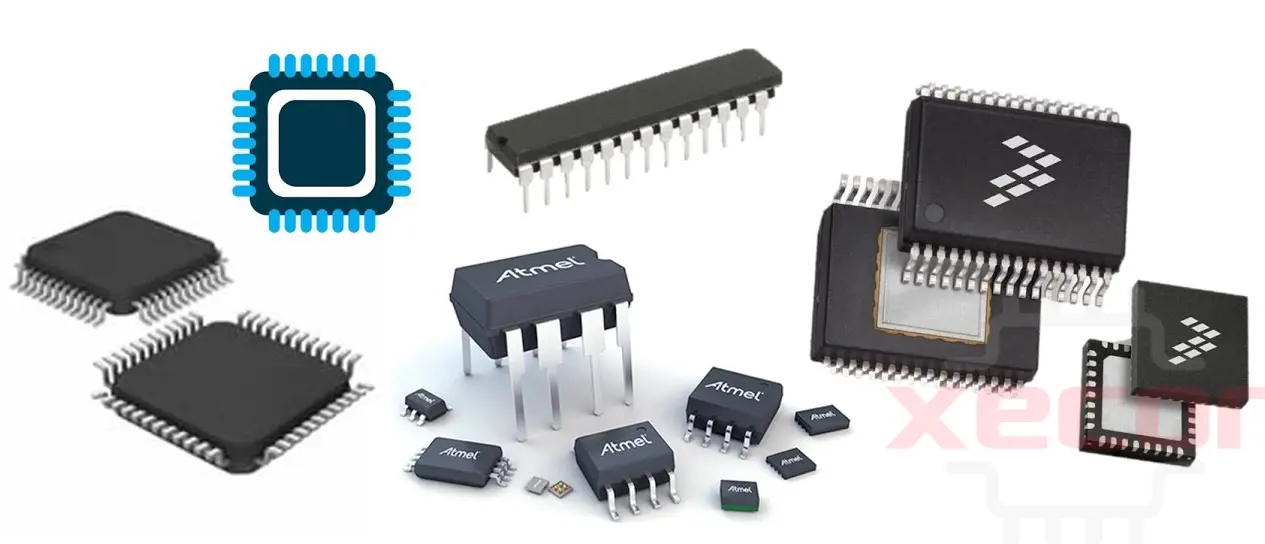
Overview of Microcontroller
A microcontroller is a compact integrated circuit that combines the functions of a microprocessor, memory, and input/output peripherals on a single chip. It's designed to handle specific operations in embedded systems, providing intelligence and control to various applications. Microcontrollers are widely used in automating electronic devices, robotics, and temperature control in different industries.
Also known as embedded controllers or microcontroller units (MCUs), these devices are present in vehicles, robots, office machines, medical devices, mobile radio transceivers, vending machines, and home appliances. Essentially, microcontrollers are simplified miniature personal computers (PCs) designed to control specific features of larger components without the need for a complex operating system (OS).
Modern embedded systems rely heavily on microcontrollers, powering a wide array of devices and applications. Microcontrollers offer the intelligence and control needed for effective and innovative functionality, ranging from simple hobby projects to complex industrial systems. Whether it's a DIY project, a prototype, or a professional product, the core or "brain" of any embedded electronic device is a microcontroller. These devices receive input signals, process them, and provide feedback output signals by executing programs set by the user.
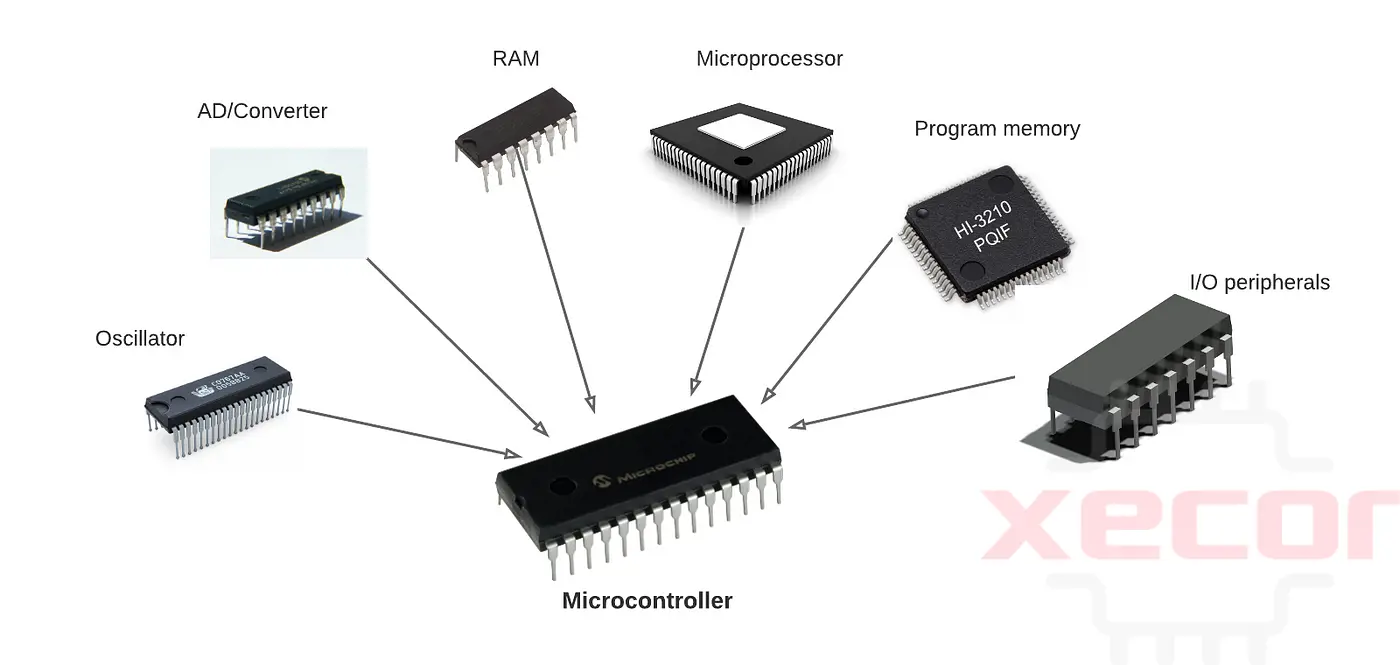
Types of Microcontroller
Here are some of the most common types of microcontrollers:
| Type | Description |
| 8-bit Microcontrollers | These are the most basic type, often used in simple applications like toys and remote controls. They have limited processing power and memory but are cost-effective and easy to use. |
| 16-bit Microcontrollers | These are more advanced than 8-bit ones and capable of handling more complex tasks. They are used in medical devices, automotive systems, and industrial control. |
| 32-bit Microcontrollers | The most powerful and feature-rich, capable of high-speed processing and handling large amounts of data. Used in gaming systems, multimedia devices, and industrial automation. |
| ARM Microcontrollers | These are based on the ARM architecture and are widely used in mobile devices, automotive systems, and industrial control. |
| PIC Microcontrollers | Manufactured by Microchip Technology, used in home appliances, automotive systems, and medical devices. |
| AVR Microcontrollers | Manufactured by Atmel Corporation, used in robotics, industrial control, and consumer electronics. |
| FPGA-based Microcontrollers | Use field-programmable gate arrays (FPGAs) for highly customizable processing. Common in digital signal processing, video processing, and networking. |
| CPU | The microcontroller functions as a CPU, decoding data to perform its tasks. All components are connected to the CPU, which decodes instructions from the memory. |
| Memory | Stores data and programming with limited RAM/ROM/flash memory. |
| Input and Output Ports | Used to interface with appliances like LEDs, LCDs, and printers. |
| Serial Ports | Offer serial interfaces between the microcontroller and peripherals. |
| Timers | Manage timing and counting activities, essential for various functions like pulse generation and frequency measurement. |
| ADC (Analog to Digital Converter) | Converts analog signals to digital, which is crucial for digital applications like measurement equipment. |
| Control Interpretation | Provides delayed control to applications with internal or external interpretation. |
| Block with Special Functions | Some microcontrollers have special function blocks for specific tasks in devices like robots and space systems. These blocks have additional ports for specialized functions. |
How Does Microcontroller Work?
A microcontroller is embedded within a system to manage a specific function in a device. It interprets data from its input/output (I/O) peripherals using its central processor. The temporary data it receives is stored in its data memory, accessed by the processor for processing using instructions from its program memory. It then uses its I/O peripherals to communicate and execute the necessary action.
Microcontrollers are utilized in a variety of systems and devices. Devices often employ multiple microcontrollers that collaborate within the device to handle their respective functions.
For instance, a car may contain numerous microcontrollers overseeing different systems, such as the anti-lock braking system, traction control, fuel injection, or suspension control. These microcontrollers communicate with each other to coordinate actions. Some may communicate with a more sophisticated central computer in the car, while others may only communicate with other microcontrollers. They exchange data using their I/O peripherals and process this data to fulfill their assigned tasks.
Microcontroller Features
| Feature | Description |
| Processor | Microcontrollers can have various processors, ranging from simple 4-bit to complex 32-bit or 64-bit processors. |
| Memory Types | Microcontrollers use volatile memory types like RAM and non-volatile memory types like flash memory, EPROM, and EEPROM. |
| Onboard Components | Microcontrollers are designed with sufficient onboard memory and I/O pins for direct interfacing with sensors and components. |
| Architecture | Microcontroller architecture can be based on Harvard or von Neumann architecture, affecting how data is exchanged between the processor and memory. |
| Instruction Set | Microcontroller processors can use complex instruction set computing (CISC) or reduced instruction set computing (RISC), each with its own characteristics and trade-offs. |
| Programming Language | Microcontrollers can be programmed in various languages, including assembly language, C, Python, and JavaScript. |
| Peripheral Functions | Microcontrollers feature I/O pins for implementing peripheral functions such as ADCs, LCD controllers, RTCs, USARTs, timers, UARTs, and USB connectivity. |
| Attached Sensors | Microcontrollers often interface with sensors for data collection, such as humidity and temperature sensors. |
Microcontrollers are versatile devices with various processor options, memory types, and programming languages. They are designed to be easily usable without additional components and offer a range of peripheral functions for interfacing with sensors and other devices.
Top Microcontrollers in 2024
1. STM32F103C8T6
The STM32F10C8T86 belongs to the STM32F103xx family, which is known for its medium-density microcontrollers. These microcontrollers are equipped with a high-performance ARM Cortex-M3 32-bit RISC processor running at 72MHz, along with a variety of I/O peripherals. The STM32F103x series, including the CT86, features up to two I2C and SPI interfaces, three general-purpose 16-bit timers, three USARTs, one USB port, and a CAN interface.
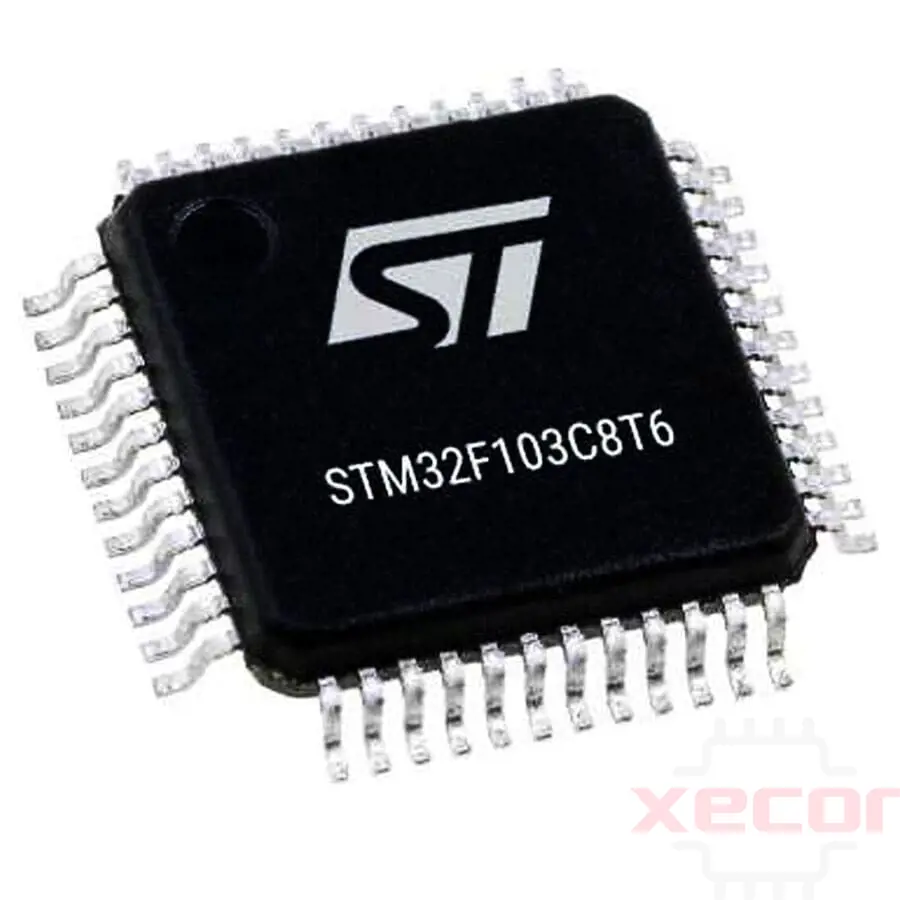
STMicroelectronics produces the STM32 series, which is based on Arm Cortex-M cores. It offers a wide range of microcontrollers with varying performance levels. Professional developers favor these microcontrollers for their reliability and diverse options.
2. STM8S103F3
The STM8 series of microcontrollers is similar in size to the ATtiny series and features a high-performance 8-bit core with advanced peripherals. This series includes four sub-series: STM8S, STM8L, STM8AF, and STM8AL. The STM8S series is the most popular, with the STM8S103F3 being one of its standout models.
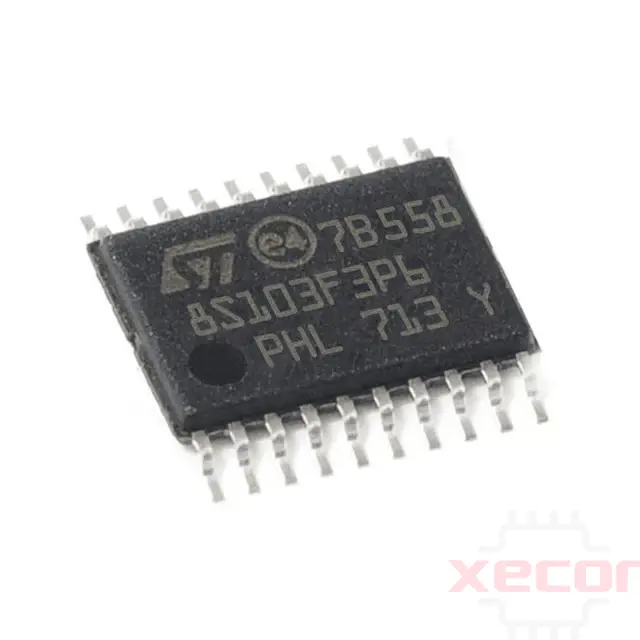
The STM8S103F3 offers 8K bytes of flash program memory, integrated real data EEPROM, an advanced core and peripherals, a 16MHz clock frequency, robust I/O capabilities, an independent watchdog with a separate clock source, and a clock security system. These features contribute to the device's strong performance and overall system reliability.
3. ATmega328
The ATmega328 is widely considered one of the most popular microcontrollers globally, finding extensive use in a wide range of boards and electronic circuits. Among designers and engineers, the ATmega328p stands out as one of the most prevalent microcontrollers. Its popularity has been further boosted by its inclusion in Arduino boards. While the ATmega328 can operate independently of Arduino boards, many prefer it for its ease of programming, supportive community, and the overall advantages associated with the Arduino platform.
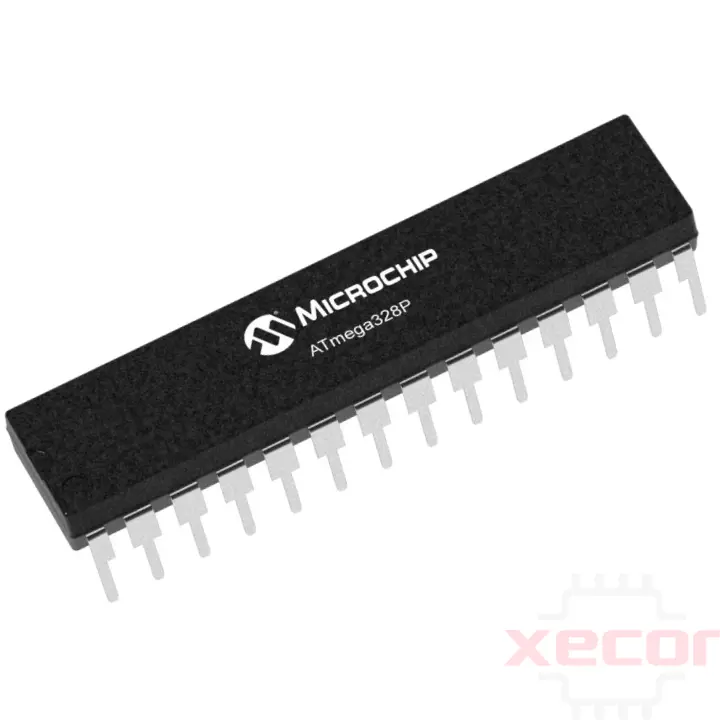
Part of the Atmel AVR microcontrollers, the ATmega328, belongs to the ATmega series. It is an 8-bit AVR microcontroller featuring 32KB ISP flash memory with read-write capabilities, built on a modern RISC architecture. The AVR microcontrollers are utilized in the original Arduino models, such as the Uno, Leonardo, and Mega. The AVR series is highly regarded for 8-bit applications, primarily due to the extensive range of libraries available for Arduino.
4. ATmega32U4
Similar to the ATmega328, the ATmega32U4 is part of the Atmel AVR microcontroller family. It is designed as a low-power microcontroller based on an 8-bit AVR RISC microchip with 32KB program flash memory, 2.5 KB SRAM, and 1 KB EEPROM. Thanks to its ability to execute powerful instructions in a single clock cycle, the chip can achieve up to 16 MIPS throughput at 16 MHz.
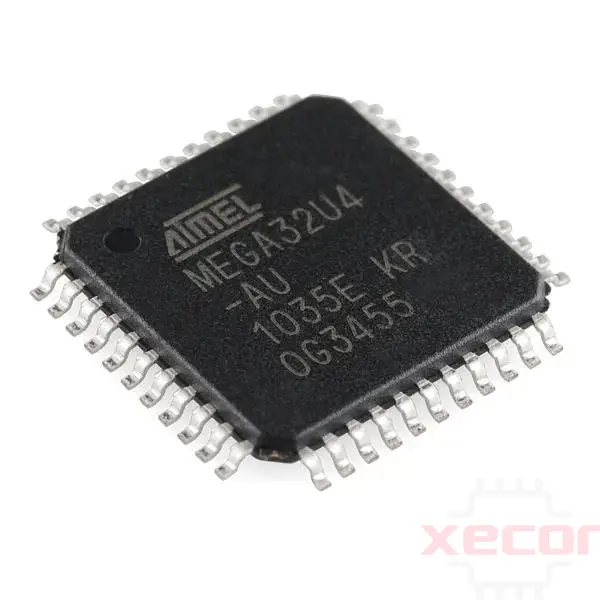
Like the ATmega328, the ATmega32U4 is a popular microcontroller within the Arduino community. It is featured in several development boards, such as the Arduino Pro Micro, Arduino Leonardo, and other Arduino clones.
5. ATtiny85
The ATtiny85 and the ATtiny series of microcontrollers are well-known for their compact size. The ATtiny85 is an 8-bit RISC microcontroller part of the AVR family, known for its high performance. It is often the top choice for small projects or designs with size constraints, as it can operate with a limited number of GPIOs.
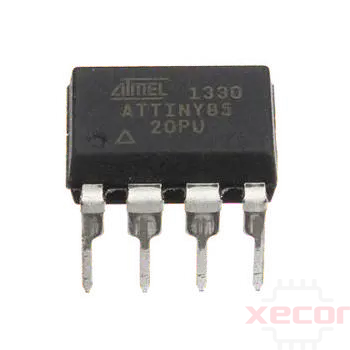
While other microcontrollers in the series offer significant upgrades in power efficiency and performance, the ATtiny85 remains the most popular choice. This is due to its familiarity among designers and engineers who have been using it for years. Some common boards that utilize the ATtiny85 include the Mini ATtiny85 USB and Digispark ATtiny85.
6. ESP8266
The ESP8266, developed by Espressif Systems, is a low-cost Wi-Fi microchip featuring a full TCP/IP protocol stack and microcontroller capabilities. It has become one of the most popular microcontrollers and is a prime example of the current trend of microcontrollers with integrated networking capabilities.
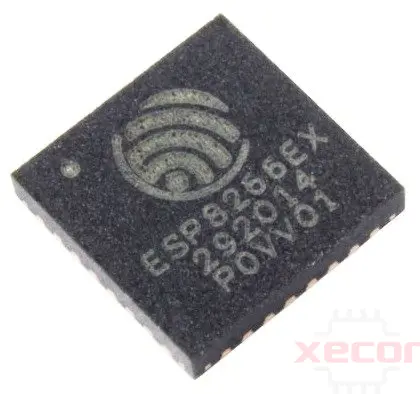
Initially designed as a Wi-Fi module for microcontrollers, the ESP8266 quickly evolved into various iterations, including the ESP-12e module, which became the foundation for many projects and products.
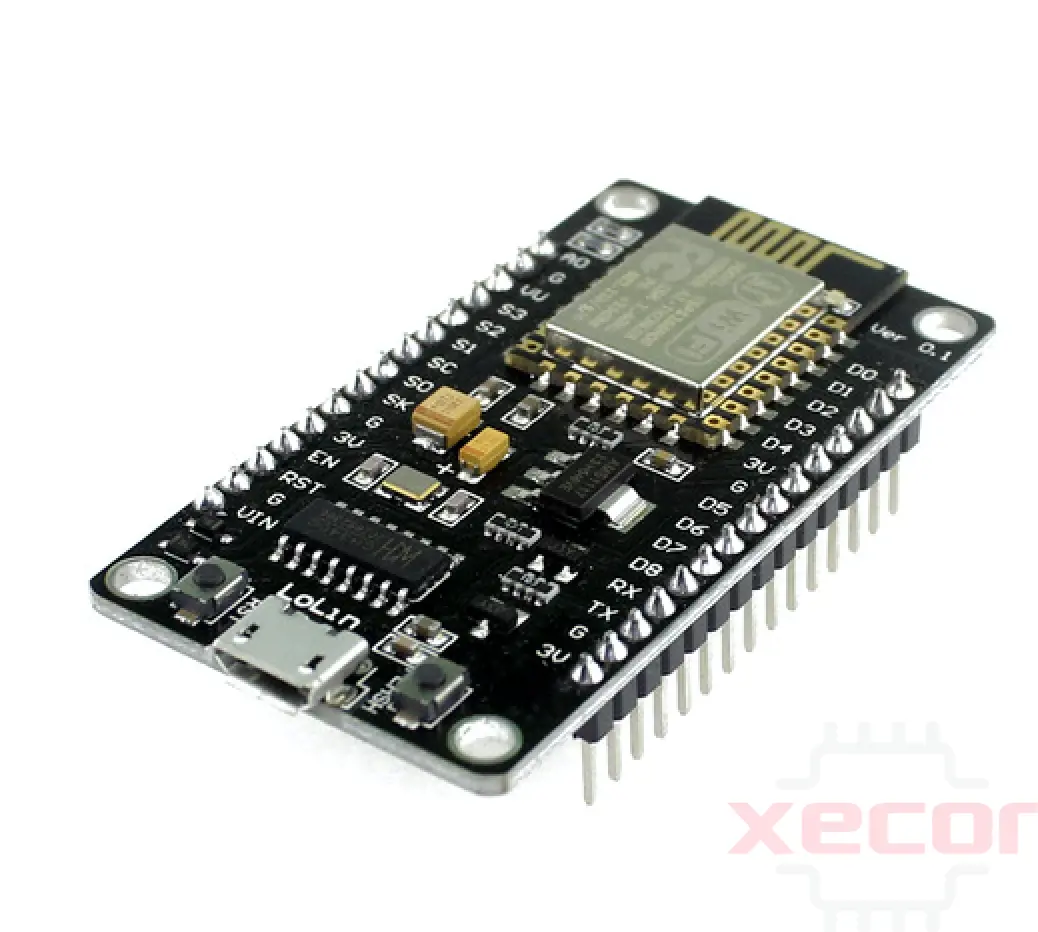
The ESP8266 is used in over 100 development boards, including popular ones like NodeMCU DevkIT, Wemos D1, Wemos D1 Mini, and ESP8266.
Related Article: A Comprehensive to NodeMCU ESP8266
7. ESP32
Since its introduction a few years ago, the ESP32, an upgrade to the ESP8266, has gained significant support and popularity. This system-on-chip microcontroller features built-in Wi-Fi and dual-mode Bluetooth, making it both inexpensive and power-efficient. The ESP32 has become popular for its integrated Wi-Fi and Bluetooth capabilities, making it ideal for Internet of Things (IoT) applications. It includes built-in antenna switches, RF baluns, power amplifiers, low-noise receive amplifiers, filters, and power management modules. The ESP32 utilizes the Tensilica Xtensa LX6 CPU, available in both dual-core and single-core variants.
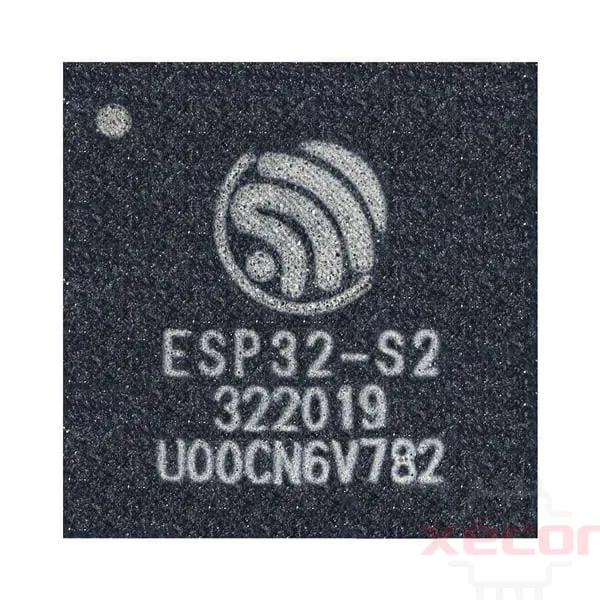
The ESP32 is primarily used in smart technologies such as programmable logic controllers (PLCs), smart locks, thermostats, and surveillance cameras. It comes with pre-installed low-level device drivers and wireless protocol stacks for Wi-Fi and Bluetooth.
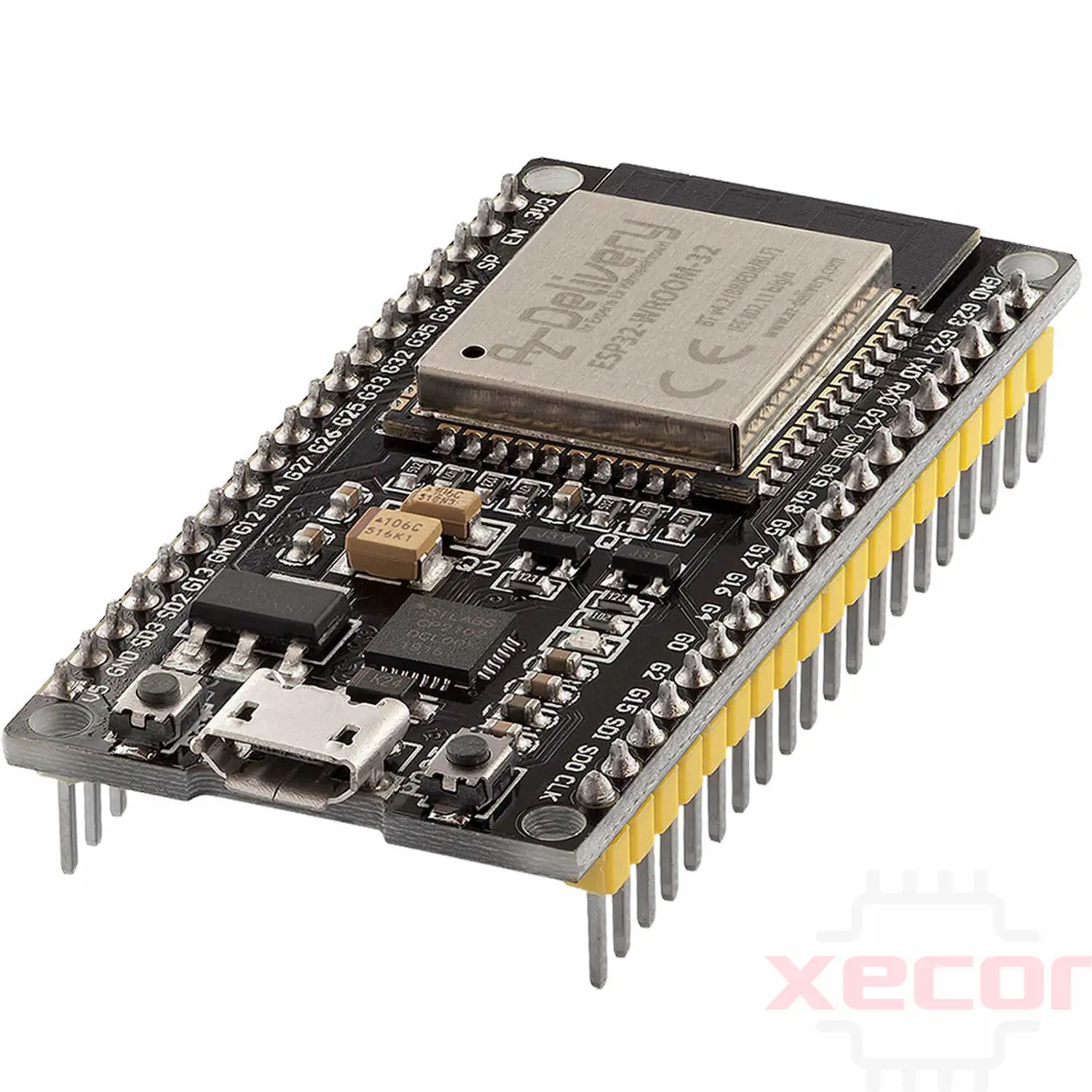
Similar to the ESP8266, the ESP32 has been developed into boards such as the HUZZAH32, ESP32-DevKitC, NodeMCU-32S, and ESPduino32.
Related Article: ESP32 vs. ESP8266
8. LPC1768
NXP's LPC series of microcontrollers offers a diverse range of options, featuring Arm Cortex-M cores with varying performance levels. Renowned for their high-speed capabilities and extensive peripheral integration, these microcontrollers are well-suited for embedded applications.
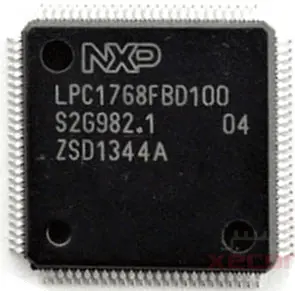
The LPC1768, in particular, is a low-power Cortex-M3 microcontroller designed for embedded applications. It boasts a high level of integration and operates at frequencies of up to 100 MHz while consuming minimal power. This high-performance microcontroller features peripherals such as an Ethernet MAC, a USB Device/Host/OTG interface, an 8-channel DMA controller, and 4 UARTs, among others. Additionally, it offers up to 512 kB of flash memory and 64 kB of data memory.
9. MSP430G2452
The MSP430G2452 from TI is currently one of the most popular members of the MSP430 family of microcontrollers, known for its advanced features. The Texas Instruments MSP430 series is highly regarded for its ultra-low-power consumption, making it ideal for battery-operated applications. These microcontrollers are commonly found in portable devices and wearables.
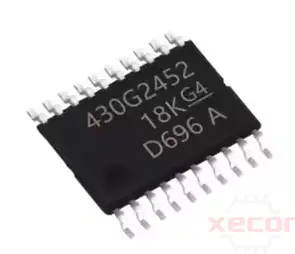
The Texas Instruments MSP430G2452 is a powerful and cost-effective microcontroller based on a 16-bit RISC CPU.
10. PIC16F877A
In the PIC line of MCUs, the PIC16F877A stands out as one of the most widely used 8-bit microcontrollers. Manufactured by Microchip Technology, PIC microcontrollers have a long-standing reputation for their low power consumption, extensive range of options, and the availability of development tools. The PIC16F877A is particularly popular among the PIC family.
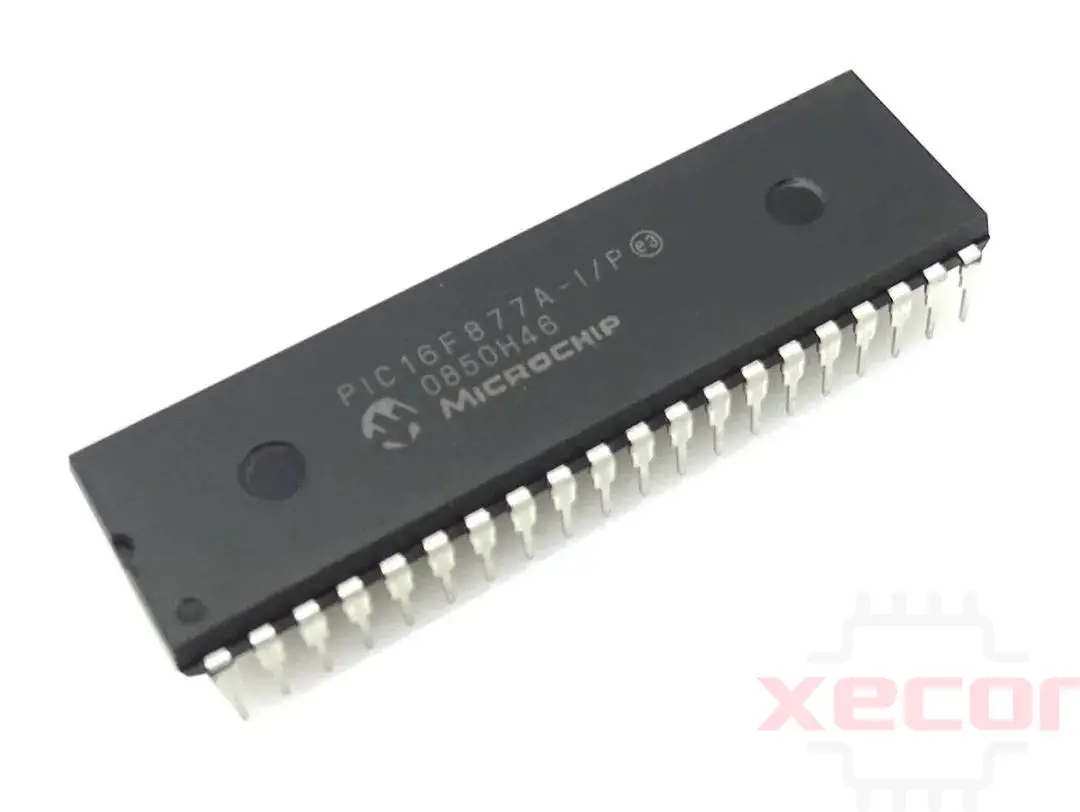
Despite some considering it outdated, the PIC16F877A remains one of the most popular microcontrollers worldwide. It is often the initial choice for beginners entering embedded development with PIC, and it continues to be a preferred microcontroller as they advance in their careers.
The PIC16F877A features 40 pins and 5 ports from A to E. It includes three timers—two 8-bit timers and one 16-bit timer. Thanks to its flash memory technology, the microcontroller's code can be written and erased repeatedly. Additionally, the PIC16F877A has an EEPROM, which is used for permanently storing a small amount of data.
Factors to Consider Before Choosing a Microcontroller
When choosing the appropriate microcontroller for a specific project, several factors must be taken into account, including cost, power consumption, size, project feasibility, number of I/O, and any other special features required. Here are some important factors you need to consider:
- Processing Power and Speed Requirements: Determine the necessary clock speed and processing power based on the tasks the microcontroller needs to perform.
- Memory and Storage Capacity Needed: Consider the amount of RAM and flash memory required for your program and data storage needs.
- Input/Output (I/O) Requirements: Evaluate the number and types of I/O pins needed for interfacing with sensors, actuators, displays, and other peripherals.
- Power Consumption Considerations: Choose a microcontroller that meets your power efficiency goals, especially for battery-powered applications.
- Cost and Budget Constraints: Consider the cost of the microcontroller and associated development tools, as well as any licensing fees for software.
- Development Environment and Programming Language Compatibility: Ensure that the microcontroller is supported by development tools and programming languages suitable for your project.
Application-Specific Considerations
Microcontroller selection for a project often depends on the specific application requirements. Here are some key considerations for different application areas:
Embedded systems
- Real-time requirements: Consider the microcontroller's processing speed and interrupt handling capabilities.
- Power consumption: Choose a microcontroller with low power modes to extend battery life.
- Peripheral interfaces: Ensure compatibility with required communication protocols (e.g., SPI, I2C, UART) and sensor interfaces.
IoT applications
- Wireless connectivity: Look for microcontrollers with built-in Wi-Fi, Bluetooth, or LoRa capabilities for IoT connectivity.
- Security features: Consider microcontrollers with hardware security features to protect data.
- Energy efficiency: Choose microcontrollers that can operate on low power to prolong battery life in IoT devices.
Robotics
- Motor control: Select a microcontroller with sufficient PWM channels and motor control peripherals.
- Sensor interfaces: Ensure compatibility with various sensors used in robotics, such as gyroscopes, accelerometers, and encoders.
- Real-time performance: Consider microcontrollers with fast response times for precise control in robotics applications.
Consumer electronics
- User interface: Choose a microcontroller with sufficient GPIO pins and support for display interfaces (e.g., SPI, I2C) for user interaction.
- Power management: Look for microcontrollers with low-power modes to conserve energy in battery-powered devices.
- Connectivity: Consider microcontrollers with USB, Bluetooth, or other connectivity options based on the device's requirements.
Automotive applications
- Temperature range: Ensure the microcontroller can operate in the automotive temperature range (-40°C to 125°C).
- EMI/EMC considerations: Choose microcontrollers with robust EMC performance to ensure reliability in automotive environments.
- Safety features: Consider microcontrollers with safety certifications (e.g., ISO 26262) for automotive safety-critical applications.
Industrial automation
- Industrial communication protocols: Ensure compatibility with industrial protocols such as Modbus, CAN, and Profibus for industrial networking.
- Reliability: Choose microcontrollers with high MTBF (Mean Time Between Failures) ratings for reliable operation in industrial environments.
- Scalability: Select microcontrollers that can scale to meet the demands of different industrial automation applications.
Conclusion
Microcontrollers are vital integrated circuits that power numerous electronic systems and devices. This article delves into leading contenders such as Arduino, STM32, and MSP430 series, exploring their latest advancements in microcontroller technology. These microcontrollers offer distinct advantages tailored to various applications. Understanding their features, including processing power, memory, and networking options, enables developers to create innovative solutions for consumer electronics, Internet of Things (IoT) devices, and industrial applications. As technology progresses, microcontrollers continue to shape the future of embedded systems, emphasizing the importance of developers making informed choices to leverage their full potential.
In conclusion, selecting the best microcontroller for your project is crucial to its success. Consider factors such as processing power, memory requirements, I/O capabilities, peripherals, power consumption, and cost. By carefully evaluating these factors, you can choose a microcontroller that meets your project's needs and ensures its efficient and reliable operation. Remember, the right microcontroller can make a significant difference in your project's performance and functionality.
Read More
FAQ
-
What is a microcontroller used for?
A microcontroller is a compact computer designed to manage the operations of embedded systems found in office equipment, robots, household appliances, automobiles, and various other devices. It is also known as a mini-computer or single-chip computer.
-
What is the most advanced microcontroller?
-
Is STM32 better than Arduino?
Hobbyists and beginners favor Arduino for its user-friendly design, but STM32 surpasses it in terms of features and capabilities.
-
What is the easiest microcontroller to program?
Arduino.
-
What is the best microcontroller for robotics?
Common choices for robotics projects include the Arduino, Raspberry Pi, and BeagleBone Black.
-
Which microcontroller is used in AI?
The Raspberry Pi is widely recognized as the most popular microcontroller board for AI projects.
-
What is the difference between a microcontroller and a microprocessor?
A microprocessor comprises only a Central Processing Unit (CPU), while a microcontroller integrates memory, a CPU, and I/O functions into a single chip. Unlike a microprocessor, which relies on an external bus to connect to ROM, RAM, and peripherals, a microcontroller uses an internal controlling bus.

 Prof. David Reynolds
Prof. David Reynolds
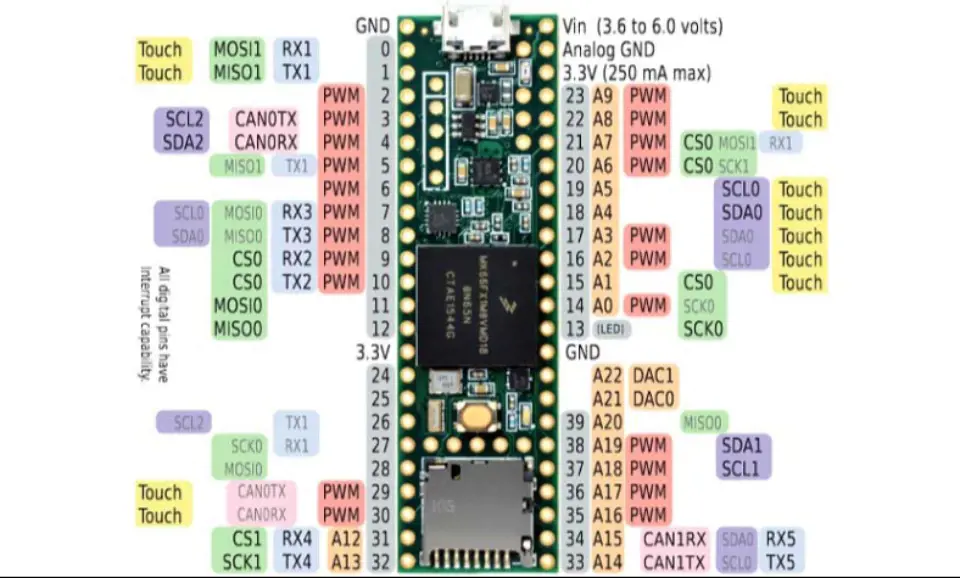
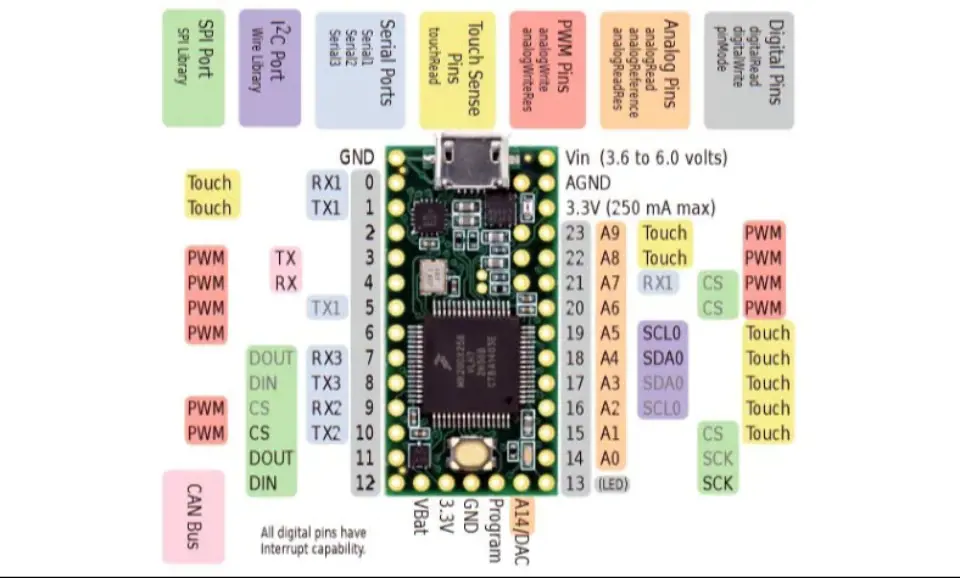
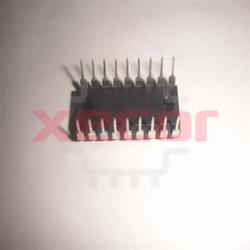
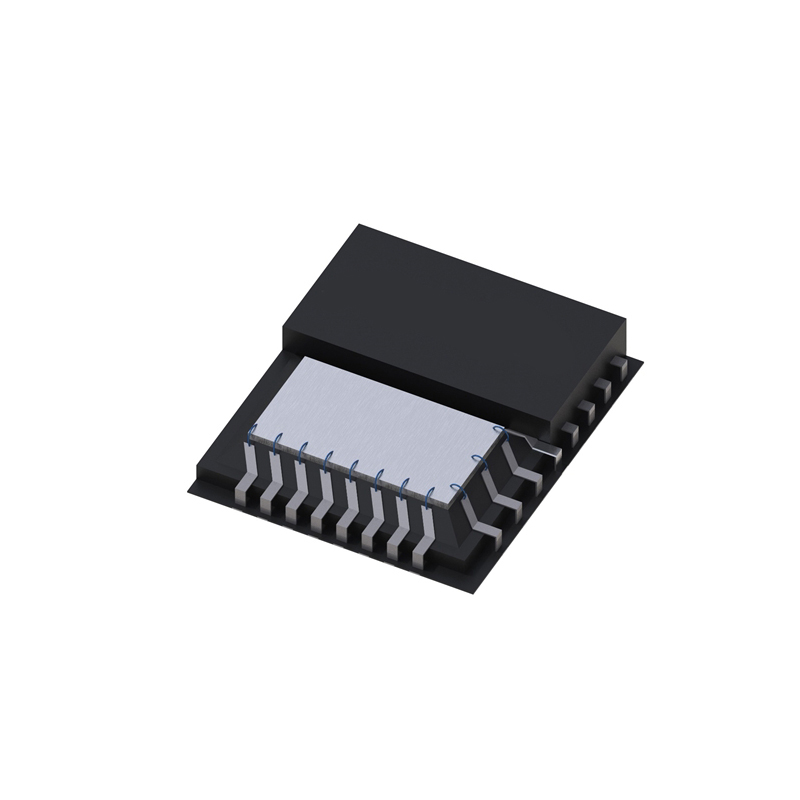
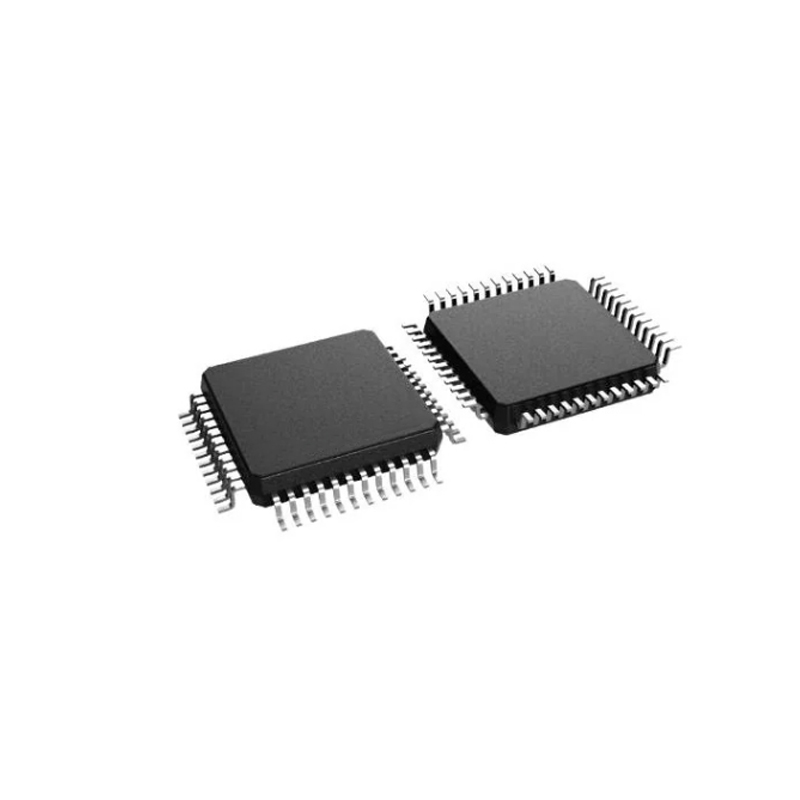
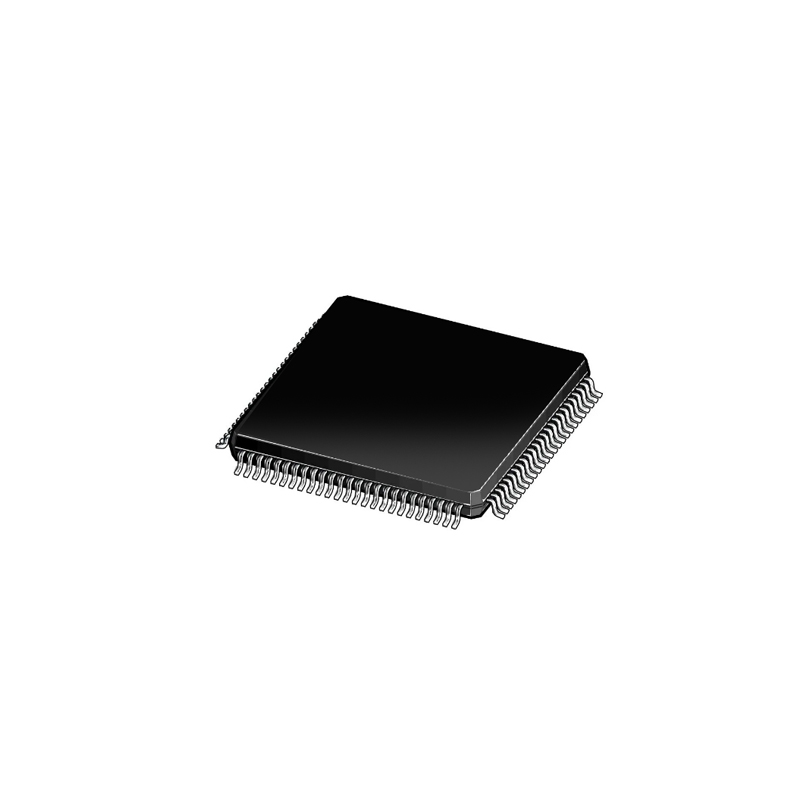
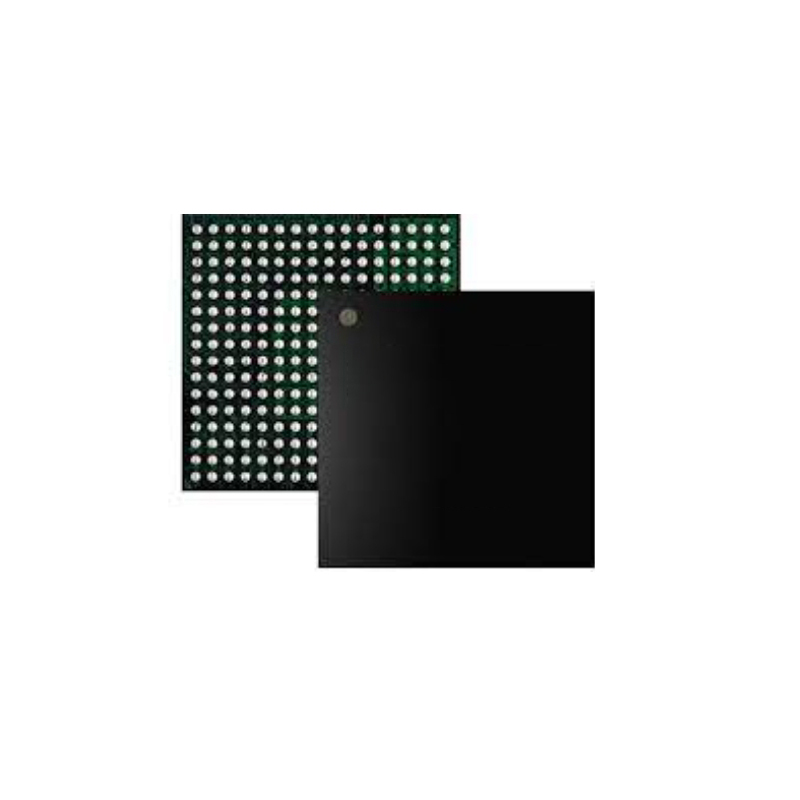
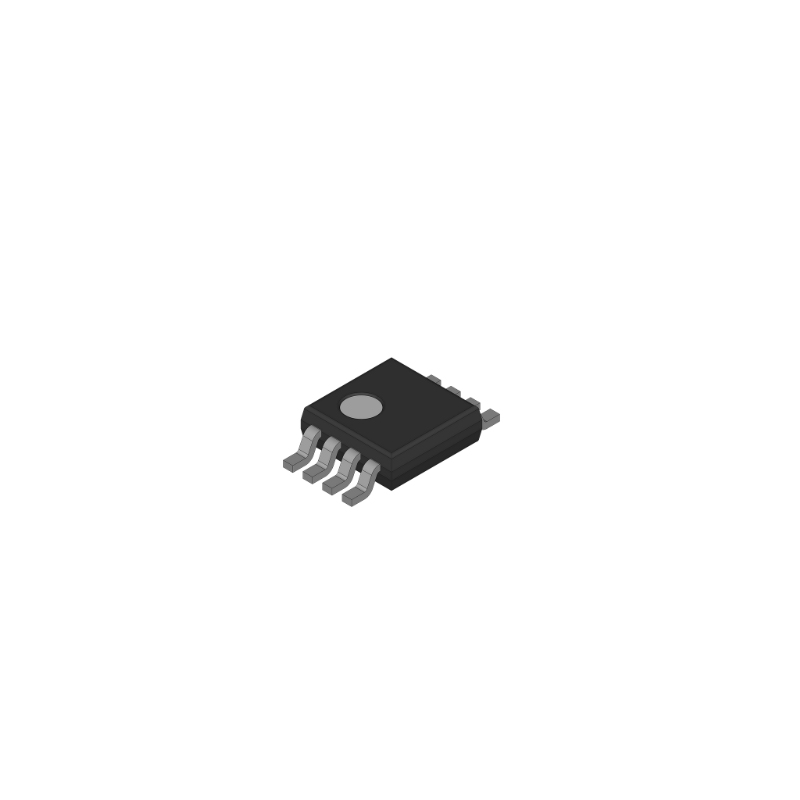
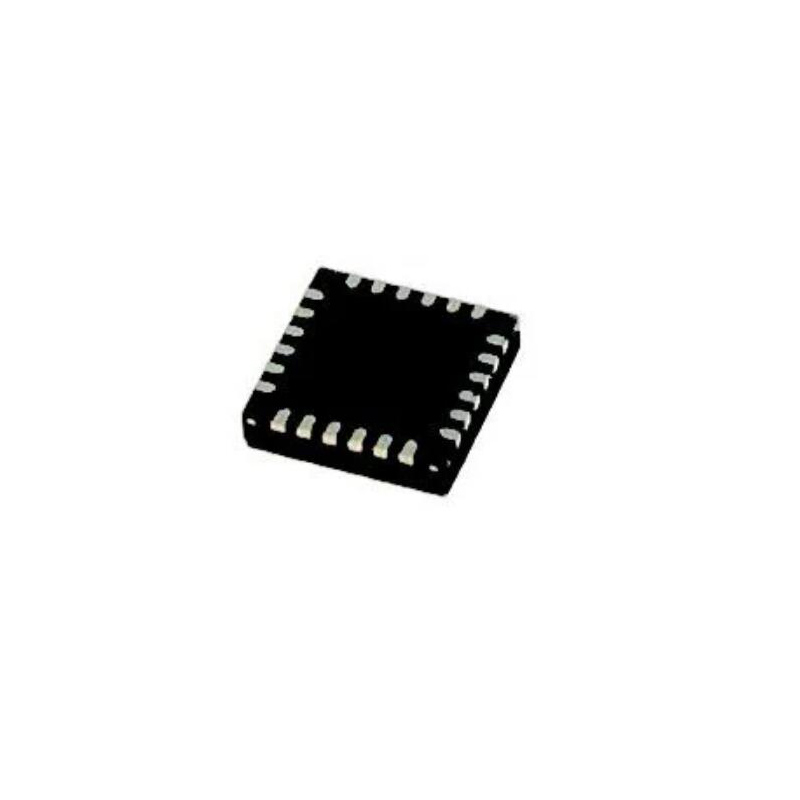
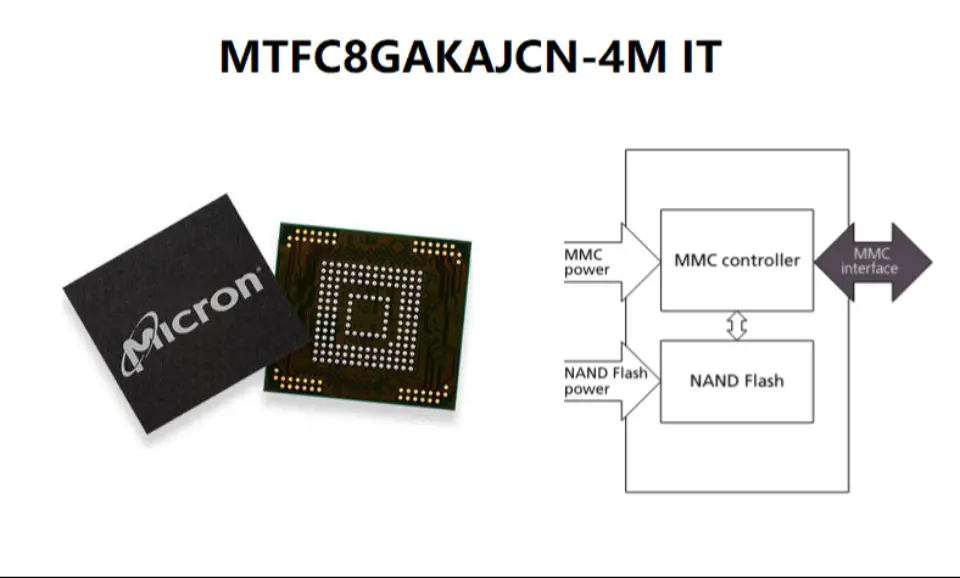
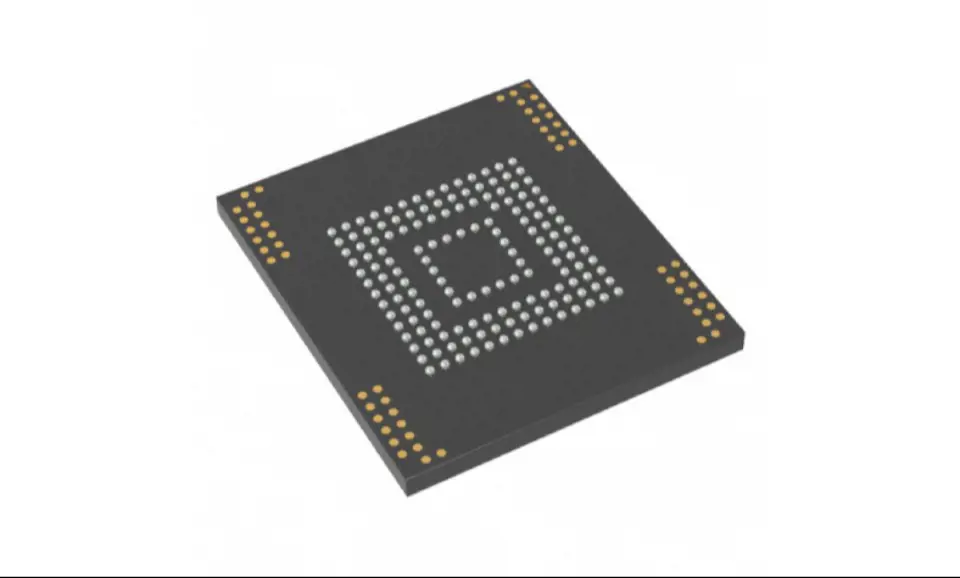
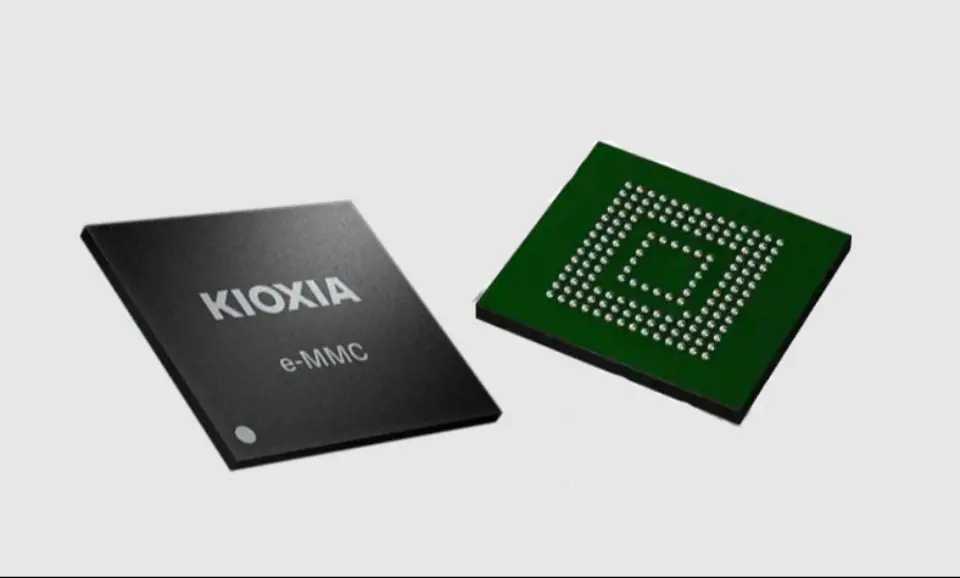
Still, need help? Contact Us: [email protected]